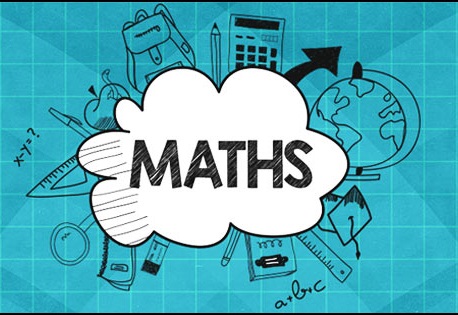Maths
Our vision is for the children of Hiltingbury Junior School to confidently explore mathematical problems, using a range of strategies to explain, reason and problem solve. They understand Maths as big ideas, making links and justifying connections. We strive to develop a growth mind-set in everyone that Maths is achievable for all.

How is Maths Mastery taught?
Mastery maths is an approach across the school adopted to ensure the teaching of mathematics is meaningful and builds on solid foundations. Mathematics is an interconnected subject whereby children need to use firm foundations of basic number knowledge to build up to being able to move fluently between representations of mathematical ideas. The mastery approach ensures this through an approach whereby children move from working with concrete apparatus to develop understanding of the concept, moving to a pictorial and abstract approach. This pedagogical approach is adopted across all the year groups to ensure consistency and progression in the delivery of the mathematics curriculum.
Throughout the teaching of mathematics the fundamental aims of the national curriculum are addressed:
Fluency Reasoning Problem solving
Concrete – pictorial – abstract
The mathematics curriculum at Hiltingbury is based around the concrete, pictorial, abstract model. Resources, such as place value counters and dienes, are used to support concepts and reasoning through ‘doing’. The pictorial stage is when the children then move onto the ‘seeing’ whereby diagrams and pictures are used to support the understanding of concepts and mathematical problems. This encourages the children to make the connection between the concrete object and the abstract understanding by drawing models and representations.
Fluency
Each maths lesson strives to build fluency within the children’s knowledge. Whilst this is embedded into the main body of the lesson, there are also fluency tasks designed to continually develop and build children’s number sense and enable them to free up their working memory to process more complex problems. Discrete teaching of fluency enables children to practise and revise key mental skills where strategies are shared in order to build the children’s mathematical toolkit.
Times tables
Times tables fit into so many aspects of mathematics and therefore it is essential that children have plenty of opportunities to practice and support fluency. Times Tables Rockstars is used for children to develop their recall of multiplication and division facts whilst listening to rock music! This provides motivation and fun whilst the children practice their times tables and children are competing against themselves to beat their previous score and time. The teaching of times tables is also delivered through exploring patterns and making connections through a variety of activities, games, songs and dances.
Lesson structure:
Our maths lessons thread fluency, reasoning and problem solving throughout. Lessons begin with exploration of a mathematical idea. Children are encouraged to work collaboratively to share and reason about their ideas in partners, small groups and on a whole class level. Teacher will immerse children in the learning through modelling examples using the concrete, pictorial and abstract form. Children will begin exploring a concept with concrete apparatus to support exploration, discovery and connection making. Then the children will move onto independent fluency practice whereby they approach newly explored ideas and concepts themselves. To deepen and challenge their thinking, children will work on ‘apply your mind’ tasks whereby they will apply their learning to an alternative context which involves both problem solving and reasoning.
Longer but deeper
To ensure children have a secure and deep understanding of the content taught, planning is adjusted to allow greater time to embed the learning if this is necessary meaning that movement through the curriculum happens slowly but thoroughly. Planning is based on the White Rose Maths hub small steps alongside the NCETM Mastery Professional Development documents to support progression and variation. Teachers adapt each lesson to meet the needs of their children and use questioning and additional reasoning and problem solving tasks for children ready to access the learning more deeply.
Keeping the whole class together
The teaching of maths at Hiltingbury is approached through a whole class method to promote children working together to support and challenge each other’s ideas. Teachers plan specific ‘apply your mind’ tasks which are designed to challenge, deepen and extend understanding further rather than accelerating to new content. Lessons are planned based on a formative assessment of what the children already know and all children are included in the learning of each mathematical concept.
Planning the learning journey
Planning is approached as a year team whereby professional dialogues can take place in order to establish the most effective sequence of learning. Teachers approach planning using an ‘S’ plan model. This maps out the sequence of learning and the journey through the unit of maths.
Feedback and Assessment
Feedback is an essential and valuable part of the learning process. Its purpose is to close gaps in learning or can be used to challenge and deepen understanding around a concept. Teachers and TAs provide verbal feedback in the lesson at the point of the learning as they are working with children, groups and the whole class. In addition to this, written feedback may also be provided. Very often, children’s next steps are identified and addressed in subsequent lessons with planning being adapted and evolving to respond to the needs of the children. Mark sheets are also used for the children to independently correct their work and allow children the opportunity to build independence in recognising their mistakes.
